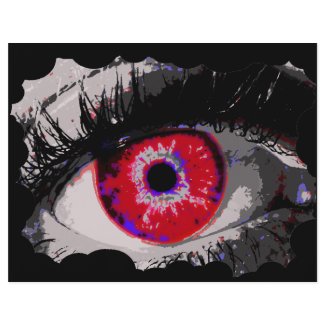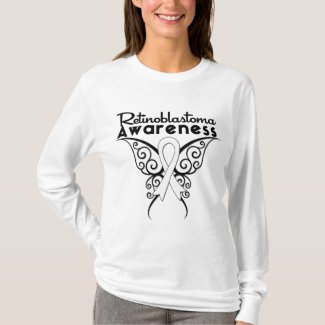In spite of our best efforts to perfect our poses and our facial expressions when a camera is pointing our way, sometimes photos come back to us with our eyes glowing mysteriously ruby-red. Why do we sometimes get red eyes in photos?
The red eye effect happens when a photo has been taken using a flash. Usually in bright light the eye’s iris contracts to make the pupil appear small so that less light enters the eye. However when a flash is used, the iris doesn’t have enough time to adjust to the lighting so often the pupil remains large when the shot is taken.
What has pupil size got to do with red eyes? The bigger the pupil, the more light enters the eye and bounces off the back of the eye. Since the back of the eye (technically the choroid of the eye) is nourished by red blood vessels, the red surface absorbs all non-red light frequencies and reflects red light back. The red light that bounces off the back of the eye is detected by the camera, and voila! red eye effect is born.
How come animals don’t have red eyes when photographed?
In many animals, including common pets like dogs and cats, their eyes appear white in photos. Their eyes are built differently from ours because they have a layer in their eye called the tapetum lucidum which reflects all light back, not just the red light. When all light is reflected, the effect is a white light shining back in photos.
How the red eye effect can save a life
There is one rare cancer called retinoblastoma, most often found in children, which can be detected by seeing whether a child displays red eyes in flash photos or not. Children who have one or two eyes with a “white eye” in photos instead of a red eye should be checked for retinoblastoma. This white-eye effect is known as leukocoria and in the case of retinoblastoma it occurs because there is a cancerous tumour which is reflecting the light back out of the eye. When caught in time (often thanks to family photos) retinoblastoma has a really good cure rate.
Leukocoria need not always indicate cancer. It can indicate other health conditions so if it is spotted, it’s always advisable to have your eyes checked further. Other conditions which leukocoria could indicate include: cataracts, Coloboma, Persistent primary hyperplastic vitreous (PHPV), Retinopathy of prematurity, Norrie disease, Coat’s disease, a cloudy cornea from corneal scarring, Medullated nerve fibers, melanoma, ocular toxocariasis, Toxocara canis (infection caused by a parasite), Uveitis (aka Chorioretinitis) and retrolental fibroplasia.
Related Products
Note:
This site is working in affiliation with Amazon.com and Zazzle. If you like a product that was recommended anywhere on this website, please consider buying these products via the links on this site, to help keep this website running. Thanks ![]()
Please see Terms & Conditions before following any advice on saywhydoi.com




